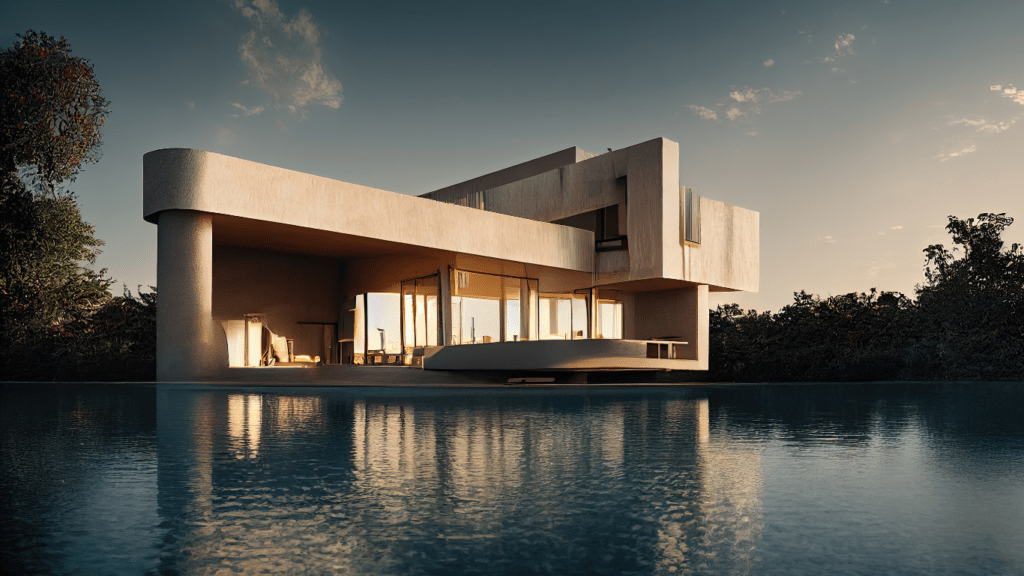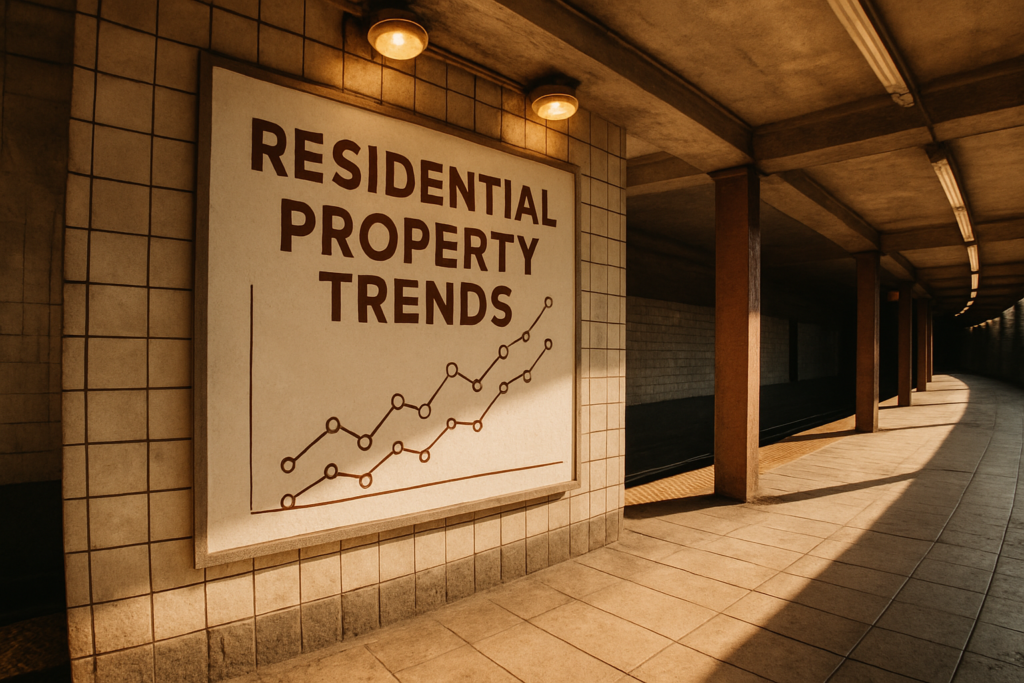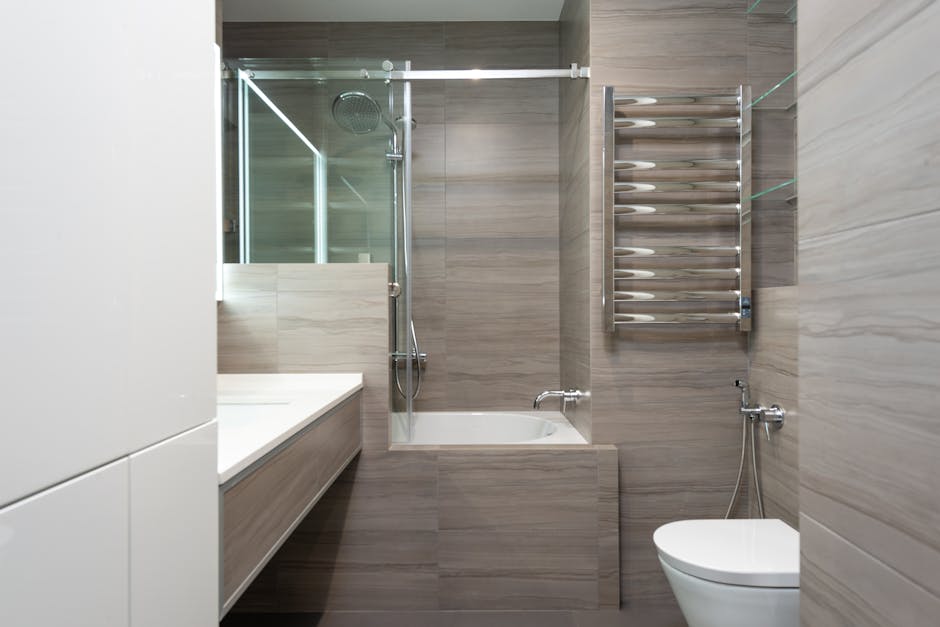Technological Advancements
Luxury homes are evolving, leveraging cutting-edge technology to enhance comfort, efficiency, and security.
Smart Home Integration
Smart home integration redefines luxury living. Modern systems, like Google Home and Amazon Alexa, offer voice-controlled environments, managing lights, temperature, and entertainment with simple commands. Home automation systems sync with smartphones, providing remote control and customization for each room’s ambiance. For example, occupants can adjust settings to create a movie-theater experience or a relaxing spa atmosphere.
Energy Efficiency and Sustainability
Energy efficiency and sustainability are central to the future of luxury homes. Homes incorporate solar panels, advanced insulation, and geothermal heating to reduce environmental impact and lower energy costs. Smart thermostats, like Nest and Ecobee, learn inhabitants’ preferences and adjust climates automatically, optimizing energy use. Water recycling systems and energy-efficient appliances further contribute to sustainable living.
Advanced Security Systems
Advanced security systems provide peace of mind in luxury residences. Features include biometric access, facial recognition, and AI-powered surveillance. For instance, smart locks can be programmed to recognize fingerprints or facial features, ensuring only authorized individuals enter. High-definition cameras, motion sensors, and automated reporting to security professionals guarantee immediate response to potential threats.
Design Trends

Luxury homes are continuously evolving, adopting innovative design trends to stay at the forefront of elegance and functionality.
Minimalism and Open Spaces
Modern luxury homes emphasize minimalism and open spaces. Minimalist designs use clean lines, uncluttered surfaces, and neutral colors to create an expansive look. Open floor plans blend living, dining, and kitchen areas seamlessly, enhancing the sense of space and facilitating better interaction. Materials like glass and steel add a contemporary edge while allowing for unobstructed views and natural light.
Incorporation of Nature
Luxury designs now integrate nature into living spaces. Biophilic design principles embed natural elements like:
- greenery
- water features
- natural lighting
creating a harmonious environment. Features such as indoor gardens, green walls, and large windows that offer panoramic views of the outdoors highlight this trend. These elements not only beautify homes but also promote well-being by bringing the tranquility of nature indoors.
Customization and Personalization
Homeowners demand customization and personalization in their luxury homes. Designs reflect individual styles through bespoke furnishings, tailored layouts, and unique art pieces. Advanced technology allows for personalized settings, from lighting and climate control to entertainment systems. High-end custom finishes and materials, chosen to match the owner’s preferences, create a truly unique and luxurious living experience.
Innovative Construction Techniques
Innovation in construction techniques is essential in shaping the future of luxury homes. This section explores key advancements transforming the construction landscape.
Modular and Prefabricated Homes
Modular homes utilize pre-built sections produced in a factory setting before on-site assembly. This method ensures consistency in quality and significantly reduces construction time. Prefabricated homes, such as those by Katerra or Blu Homes, provide bespoke luxury features while minimizing waste and energy consumption. With precise engineering, modular homes maintain the high standards expected in luxury living.
3D Printing in Construction
3D printing introduces significant efficiency and customization in home building. Companies like ICON and Apis Cor deploy large-scale 3D printers to construct homes layer by layer using advanced materials. This technique allows for intricate designs previously impossible with traditional methods. Besides reducing construction time, 3D printing lowers labor costs and material waste, making it a valuable tool in luxury home construction.
Use of Advanced Materials
- Advanced materials enhance durability, aesthetics, and sustainability in luxury homes.
- Aerogels provide superior insulation compared to traditional options while maintaining slim profiles.
- Self-healing concrete exemplifies innovation, as it repairs cracks autonomously, extending the structure’s longevity.
- Composite materials like carbon fiber-reinforced polymers offer strength and flexibility, allowing for unique architectural designs.
- These materials not only add value but also contribute to the environmental sustainability of modern luxury homes.
Future Market Trends
The luxury real estate market continues to evolve, driven by external factors and internal consumer shifts. Let’s delve into the emerging trends shaping the future of luxury homes.
Impact of Global Economic Changes
Global economic fluctuations greatly influence luxury real estate, affecting both demand and pricing. During economic booms, affluent individuals invest heavily in luxury properties, driving up prices and fostering development. Conversely, economic downturns can lead to a market slowdown, as luxury properties become less affordable, and developers may hold off on new projects.
For instance, the 2020 economic recession led many investors to prioritize liquidity, reducing demand for high-end real estate. Nonetheless, economic recovery phases present opportunities for strategic investments in undervalued luxury homes, anticipating future value growth.
Shifts in Consumer Preferences
Consumer preferences in the luxury sector constantly evolve, dictated by emerging lifestyle trends and technological advances. With remote work becoming standard, interest in home offices and multipurpose spaces has surged. Additionally, wellness-oriented features like home gyms, saunas, and meditation rooms are increasingly popular, reflecting a growing emphasis on health.
Environmental consciousness is also rising; hence, sustainable luxury homes featuring renewable energy sources and eco-friendly materials attract eco-aware buyers. Customization remains crucial; wealthy buyers seek personalized elements, such as bespoke interiors and smart home technologies, that match their unique tastes.
Rise of Virtual Reality in Real Estate
The implementation of virtual reality (VR) is transforming how luxury real estate transactions occur. VR allows potential buyers to explore properties from anywhere, offering immersive, 360-degree virtual tours that showcase every detail of high-end homes. This technology proves invaluable in a global market, where international buyers can assess property features without physical visits.
For example, platforms like Matterport enable detailed virtual walkthroughs, empowering clients to make informed decisions remotely. Additionally, VR aids architects and designers by allowing clients to visualize and modify home layouts and finishes before construction begins, ensuring a precise alignment with their vision.



 Smart Home Technology Consultant
Meagan Kanedooray serves as Luxe House Maker’s smart home technology consultant, with extensive experience in integrating advanced tech into luxury homes. Specializing in home automation, security systems, and energy-efficient solutions, Meagan helps readers transform their living spaces into seamless, tech-enabled environments. Her expertise in cutting-edge technologies ensures that Luxe House Maker’s audience stays informed about the latest innovations that enhance convenience, safety, and sustainability in luxury living. Meagan’s deep understanding of smart home trends makes her an invaluable resource for those looking to elevate their homes with the latest advancements in technology.
Smart Home Technology Consultant
Meagan Kanedooray serves as Luxe House Maker’s smart home technology consultant, with extensive experience in integrating advanced tech into luxury homes. Specializing in home automation, security systems, and energy-efficient solutions, Meagan helps readers transform their living spaces into seamless, tech-enabled environments. Her expertise in cutting-edge technologies ensures that Luxe House Maker’s audience stays informed about the latest innovations that enhance convenience, safety, and sustainability in luxury living. Meagan’s deep understanding of smart home trends makes her an invaluable resource for those looking to elevate their homes with the latest advancements in technology.
